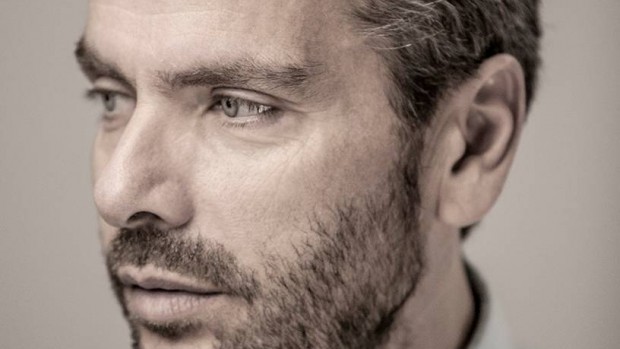The only Canadian museum exclusively dedicated to contemporary art just got itself a new director. Concordia University graduate, John Zeppetelli, is the Musée d’art contemporain de Montréal’s 13th director.
Zeppetelli’s travels abroad have given him the opportunity to embrace all kind of arts, but this opportunity is specific to contemporary art. After completing his studies at Concordia, Zeppetelli left for England. This was the turning point in his career. At the Institute of Contemporary Arts, he worked with Iwona Blazwick who went on to create the Tate Modern, Britain’s national gallery of international modern art in London.
In New York, Zeppetelli graduated from the Whitney Museum of American Art’s independent study program; a prestigious curriculum wherein only 15 students get the opportunity to learn the ins and outs of cultural organizations.
Upon returning to Montreal in the mid ‘90s, Zeppetelli worked as a librarian in Hampstead, Montreal, and often lectured for art history and design at Concordia. In addition, Zeppetelli took on the position of curator at the Saidye Bronfman Center. Afterwards, he worked as the art director and chief curator of the DHC/ART foundation for contemporary art for the next six years.
At that point, Zeppetelli had cultivated a wide contact roster that has now become valuable to his new directorial career.
His nomination as the head of the Montréal Contemporary Museum is something of a revolution in the museum’s history. He is the first amongst the museum’s 13 directors in 50 years not to come directly from within the organization.
Zeppetelli is excited about the large undertaking of renewing the museum’s physical space. With help from the board of directors, the museum will receive funding of $35 million for expansion that will double the gallery space, and create a new entrance on St. Catherine Street.
“If everything goes well, in one year or so, construction should start,” said Zeppetelli. The museum renovations would be ready in 2017 for the 375th anniversary of the city of Montreal.
“It is important to offer platforms to exchange ideas, debate, discover. We do it but I want more. Presenting conferences, movie projections, this is my new vision of the museum,” said Zeppetelli
He wants to combine and continue to use the museum to welcome the Jazz Festival, POP Montreal, Nuit Blanche as well as welcoming electronic music.
Respecting the museum’s original mission is also important for Zeppetelli, adding that it is imperative that they “promote and preserve contemporary Québec art and to ensure [there is] a place for international contemporary art through acquisitions, exhibitions.”
The Montréal Biennale of 2014 is an event the museum looks forward to participating in. It is Zeppetelli’s goal to put his museum back on track and position it at the forefront of the world’s contemporary arts stage.
More information: http://www.macm.org/en/
